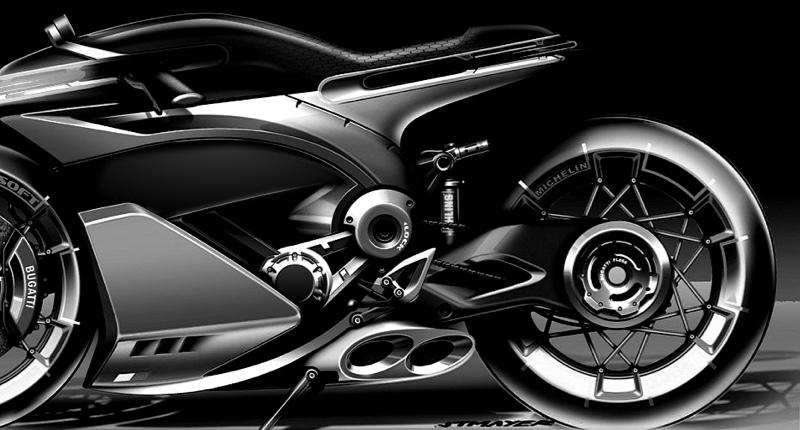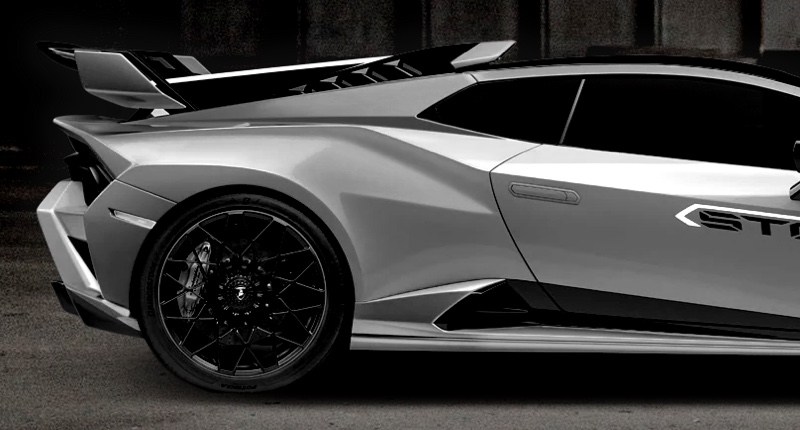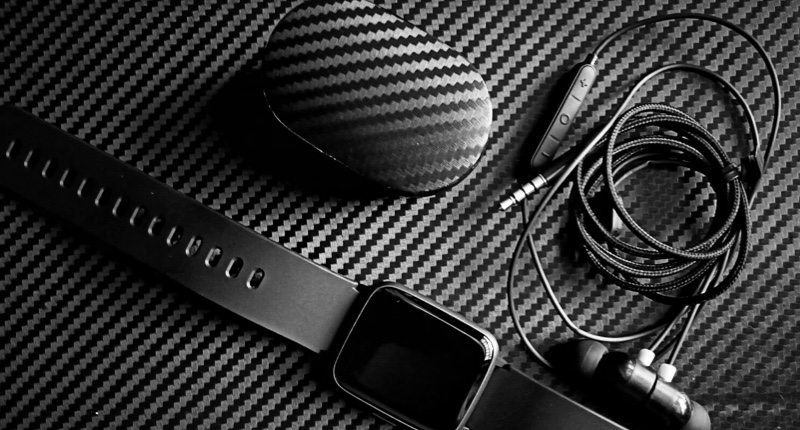Are Carbon Fiber Helmets Worth It? Cost vs. Benefit Analysis
- Are Carbon Fiber Helmets Worth It? Cost vs. Benefit Analysis
- What is a carbon fiber helmet and how is it made? (carbon fiber helmet)
- Performance benefits of a carbon fiber helmet
- Safety and standards: does material equal safety? (carbon fiber helmet)
- Cost breakdown: how much more does a carbon fiber helmet cost?
- Durability, repairability, and lifespan of a carbon fiber helmet (carbon fiber helmet)
- Who gains the most from a carbon fiber helmet? (carbon fiber helmet)
- Real-world trade-offs: comfort, ventilation, noise, and resale (carbon fiber helmet)
- Practical cost vs benefit example and ROI calculation (carbon fiber helmet)
- Buying guide: how to choose the right carbon fiber helmet (carbon fiber helmet)
- Why consider Supreem Carbon for carbon fiber helmet components and accessories (Supreem Carbon, carbon fiber helmet)
- Final verdict: are carbon fiber helmets worth it? (carbon fiber helmet)
- FAQ — Common questions about carbon fiber helmets
- Contact & view products
- References
Are Carbon Fiber Helmets Worth It? Cost vs. Benefit Analysis
What is a carbon fiber helmet and how is it made? (carbon fiber helmet)
A carbon fiber helmet uses a shell made largely or entirely from carbon fiber reinforced polymer (CFRP). Typical construction layers woven carbon fiber fabric infused with epoxy resin, cured under heat and pressure to create a rigid, lightweight shell. Manufacturers may combine carbon with other fibers such as Kevlar or fiberglass to tune stiffness, impact behavior, and cost. The finished shell is paired with impact-absorbing liners, comfort padding, a retention system, and ventilation components to produce a complete helmet.
Performance benefits of a carbon fiber helmet
Riders often choose carbon fiber helmets for three main performance advantages: significantly lower weight, high stiffness-to-weight ratio, and High Quality aesthetics. Lower weight reduces neck fatigue and can improve rider control and comfort during long rides. Carbon fiber's stiffness lets designers use thinner shells while maintaining structural integrity, lowering bulk without sacrificing protection when the helmet is engineered to meet appropriate standards.
Typical full-face helmet weights by shell material are as follows (general ranges):
| Material | Average weight (full-face) | Typical price range (USD) |
|---|---|---|
| Polycarbonate | 1500–1800 g | 50–250 |
| Fiberglass composite | 1350–1600 g | 150–400 |
| Carbon fiber (or carbon composite) | 1000–1400 g | 300–1500+ |
Sources for these ranges are industry reviews and manufacturer specifications. Weight savings of 200–500 g are common when comparing carbon composite shells to polycarbonate shells, which is noticeable on extended rides. For sport and track riders, lighter helmets improve head mobility and reduce inertia during quick movements.
Safety and standards: does material equal safety? (carbon fiber helmet)
Material alone does not determine safety performance. Certifications such as DOT, ECE, and Snell test the helmet's ability to manage impact energy and penetration. A carbon fiber helmet that meets ECE 22.06 or Snell standards can be as protective as a fiberglass or polycarbonate helmet. Important points:
- Design and engineering matter: shell shape, liner design, and energy management zones are critical.
- Stiffer shells can transfer impact loads differently; engineers often pair carbon shells with multi-density EPS liners to tune energy absorption.
- Certifications are the real measure: choose helmets that meet relevant standards for your region and use (street, touring, track).
In short, a certified carbon fiber helmet can provide equal or superior protection compared with other materials, but only if the helmet is well designed and tested.
Cost breakdown: how much more does a carbon fiber helmet cost?
Carbon fiber materials and the labor-intensive manufacturing process raise costs. Hand-layed carbon shells, vacuum bagging, and autoclave curing add to production expenses, especially for small batch and custom builds. Price factors include:
- Material grade and weave (higher grade carbon can be more expensive).
- Manufacturing process (autoclave vs. resin transfer molding vs. hand layup).
- Brand, certification testing costs, and design complexity.
- Additional features: integrated electronics, enhanced ventilation, or custom graphics.
Example price bands (full-face helmets): budget carbon-look or blended shells start around 200–300 USD; mid-range certified carbon helmets often sit between 400–800 USD; High Quality, race-oriented carbon helmets can exceed 1000–1500 USD. For many riders the decision is whether the performance and aesthetic benefits justify the incremental cost over a well-engineered fiberglass or polycarbonate helmet.
Durability, repairability, and lifespan of a carbon fiber helmet (carbon fiber helmet)
Carbon fiber shells are strong and resistant to fatigue, but they behave differently under severe impact. Key considerations:
- After any significant impact, a helmet should be replaced regardless of shell material. Carbon shells can crack or delaminate internally even if the outer paint shows minimal damage.
- Surface scratches and scuffs can often be repaired cosmetically, but structural repairs are difficult and generally not recommended for helmets intended to protect in future impacts.
- UV exposure and chemical contact (harsh solvents) can degrade resin matrices over long periods; storing helmets away from direct sun and cleaning with mild soap extends life.
- Typical recommended replacement interval is 5 years for helmets used regularly, shorter if exposed to crashes or severe sun/heat conditions.
Who gains the most from a carbon fiber helmet? (carbon fiber helmet)
Not every rider needs a carbon fiber helmet. The riders who benefit most are:
- Sport and track riders who value every bit of weight reduction for head movement and neck strain reduction.
- Touring riders who rack up long hours and prefer lighter gear to reduce fatigue.
- Riders who place a High Quality on aesthetics and custom finishes.
- Those seeking top-tier helmets with advanced venting and integrated tech, often available in carbon models.
Commuters or infrequent riders may find well-made fiberglass composite or polycarbonate helmets offer the best cost-to-protection balance.
Real-world trade-offs: comfort, ventilation, noise, and resale (carbon fiber helmet)
Carbon helmets excel at reducing weight, but they do not automatically provide better ventilation or lower noise. Aerodynamic shaping and inner liner design determine airflow and acoustics. A higher-priced carbon helmet may include superior ventilation systems and liners, but that is a function of helmet design rather than material alone. Resale value for branded carbon helmets tends to be higher than for polycarbonate models, particularly if the helmet has limited wear and retains certification and original packaging.
Practical cost vs benefit example and ROI calculation (carbon fiber helmet)
Consider two helmets: a certified fiberglass helmet at 300 USD weighing 1500 g and a certified carbon helmet at 800 USD weighing 1200 g. Weight saving: 300 g. If a touring rider averages 6 hours per ride and 50 rides per year, the weight reduction reduces neck fatigue and perceived effort. Quantifying ROI on comfort is subjective, but some metrics help:
- Price difference: 500 USD.
- If improved comfort enables longer rides or reduces the need for physical therapy for an injured neck, the economic benefits can exceed the price difference.
- For track riders, lap-time improvements are marginal due to helmet weight alone, but improved head mobility can contribute to better control and confidence.
For most riders, the ROI is non-financial: comfort, reduced fatigue, and personal satisfaction. Financial ROI is more likely for professional or high-mileage riders who monetize performance gains directly.
Buying guide: how to choose the right carbon fiber helmet (carbon fiber helmet)
Checklist when shopping for a carbon fiber helmet:
- Certification: DOT, ECE 22.06, or Snell as required for your use.
- Fit first: a correctly fitted helmet is safer than the lightest helmet that fits poorly.
- Shell construction details: full carbon shell vs. carbon-fiberglass hybrid.
- Weight vs. ventilation: review real-world tests and user feedback.
- Manufacturer reputation and warranty/support policy.
- Replace after a crash or after the manufacturer-recommended lifespan.
Why consider Supreem Carbon for carbon fiber helmet components and accessories (Supreem Carbon, carbon fiber helmet)
Supreem Carbon, established in 2017, is a customized manufacturer of carbon fiber parts for automobiles and motorcycles, integrating R&D, design, production, and sales to deliver high-quality products and services. While Supreem Carbon does not produce complete helmets under its brand name, the company's expertise in carbon fiber composite technology, custom manufacturing, and high-quality finishes makes it an excellent partner for helmet component fabrication, custom shell work, and aftermarket accessories.
Key strengths of Supreem Carbon:
- Specialization in carbon fiber composite R&D and production allows precise control over material selection and layup schedules, which are critical for safety components.
- Factory footprint of approximately 4,500 square meters and a skilled team of 45 production and technical staff enable scalable custom manufacturing while maintaining quality.
- Annual output value of around 4 million dollars and a catalog of over 1,000 product types, including 500+ customized carbon fiber parts, shows proven capacity for diverse custom projects.
- Core offerings relevant to helmets and riding gear include carbon fiber motorcycle parts, carbon fiber automobile parts, and customized carbon fiber components — useful for riders seeking bespoke shells, visors, vents, or reinforcement pieces.
Supreem Carbon's vision is to become the world's leading carbon fiber products manufacturer. For more information, visit https://www.supreemcarbon.com/ to explore product capabilities and custom OEM/ODM services.
Final verdict: are carbon fiber helmets worth it? (carbon fiber helmet)
Yes — for many riders, carbon fiber helmets are worth the extra cost when the primary goals are weight reduction, High Quality fit and finish, and advanced features. However, whether a carbon helmet is the right choice depends on your riding style, budget, and priorities:
- Choose carbon if you are a sport, track, or high-mileage touring rider who values lower weight, better balance, or distinctive aesthetics.
- Consider a high-quality fiberglass or polycarbonate helmet if certification, value, and proven protection are your top concerns and budget is limited.
- Always prioritize fit and certification over material buzzwords. A properly certified helmet that fits well will offer the best protection for the majority of riders.
FAQ — Common questions about carbon fiber helmets
Q: Are carbon fiber helmets safer than other helmets?
A: Safety depends on design and certification. A certified carbon fiber helmet can be as protective as other materials. Check DOT, ECE, or Snell certification and choose reputable brands.
Q: How long do carbon fiber helmets last?
A: Replace helmets every 5 years as a general guideline, or immediately after any significant impact. Storage conditions and frequency of use can shorten or lengthen this timeline.
Q: Can a cracked carbon helmet be repaired?
A: Cosmetic repairs are possible, but structural repairs are not recommended for helmets intended to provide crash protection. Replace the helmet after any structural damage.
Q: Is the weight savings worth the cost?
A: Weight savings matter more for long-distance touring and sport/track riding. For casual riders, benefits may be marginal compared with a quality fiberglass helmet.
Q: How do I choose between full carbon and carbon hybrid helmets?
A: Full carbon shells maximize weight savings and stiffness; hybrids (carbon + fiberglass or Kevlar) aim to balance cost, impact behavior, and toughness. Consider certifications, fit, and test reviews when choosing.
Contact & view products
If you are interested in custom carbon fiber helmet components, aftermarket parts, or OEM solutions, contact Supreem Carbon to discuss your project or view their product range at https://www.supreemcarbon.com/.
References
- National Highway Traffic Safety Administration (NHTSA) helmet facts and guidance.
- Snell Memorial Foundation helmet certification standards and testing protocols.
- Industry reviews and manufacturer specifications for helmet weights and pricing (Cycle World, Motorcycle Consumer News, Shoei, Arai product pages).
- Supreem Carbon company data provided by Supreem Carbon (established 2017; factory size and staff figures).
Custom carbon fiber distributors Manufacturers and suppliers
Supreem Carbon Best professional carbon fiber moto helmet manufacturers and supplier brands
Top carbon fiber motorcycle parts usa Manufacturers and Suppliers
Dry Carbon Motorcycle Parts: Benefits and Fitment Tips
For Facotry
How many employees of Supreem carbon?
We have over 50 employees, including over 40 skilled workers, 3 R&D designers, and 5 QC professionals and so on.
How many monthly production capacity of the factory?
The average monthly production capacity reach 3000 pieces. With the equipment upgrade, it will be increased over 4000 pieces per month.
For Products
Supreem Carbon parts produce by 100% carbon?
Yes,all products are made from full carbon with dry carbon.
For Customized Service
What can be customized in addition to customized carbon fiber parts?
You can customize your company logo, packaging, even the color of coating and so on.
What is the customization process of carbon fiber products?
1. Customer provide 3D drawing, design requirement or idea
2. Technician evaluate project feasibility and provide a quotation
3. Project confirmation and arrange sample production
4. Delivery and customer feedback
5. Big scale orders production

Yamaha R1 Carbon Fiber Side Fairings
Introducing the Supreem Carbon Fiber Long Side Panels for Yamaha R1. Crafted with precision and expertise, this front side fairing is designed to elevate the performance and aesthetics of your R1. Made from high-quality carbon fiber, this fairing is not only lightweight but also incredibly durable, providing optimal protection for your motorcycle.

Yamaha R1 Carbon Fiber Airbox Tank Cover
The Supreem Carbon Yamaha R1 Carbon Fiber Airbox Tank Cover provides lightweight, durable protection with a sleek finish. Designed for R1 models, it enhances the style and performance of your bike. Its lightweight structure improves performance while maintaining the premium aesthetics necessary for high-end modification projects. As a dedicated manufacturer of carbon fiber parts, we provide stable production capacity, customization options, and strict quality control to support enterprise-level procurement and OEM/ODM needs.

Carbon Fiber Rear Seat Panel for BMW S1000R & M1000RR – Lightweight Performance
This carbon fiber rear seat panel is engineered for the BMW S1000R and M1000RR, offering superior rigidity, reduced weight, and a premium racing finish. Produced with autoclave technology and strict QC standards, the part ensures consistent OEM-level fitment. Supreem Carbon provides wholesale supply, stable bulk production, and customized solutions for global clients.

High-Performance Carbon Fiber Rear Undertail for BMW S1000R
Engineered for distributors, tuning brands, and motorcycle accessory businesses, the BMW S1000R Carbon Fiber Rear Undertail is a high-quality, durable, lightweight carbon fiber upgrade for the S1000R platform. This component is manufactured using aerospace-grade carbon fiber and precision molds to deliver superior stiffness, a seamless OEM-level fit, and a premium visual finish suitable for high-end aftermarket applications.
© 2024 Supreem Carbon All Rights Reserved.





Facebook
Pinterest
LinkedIn
Instagram